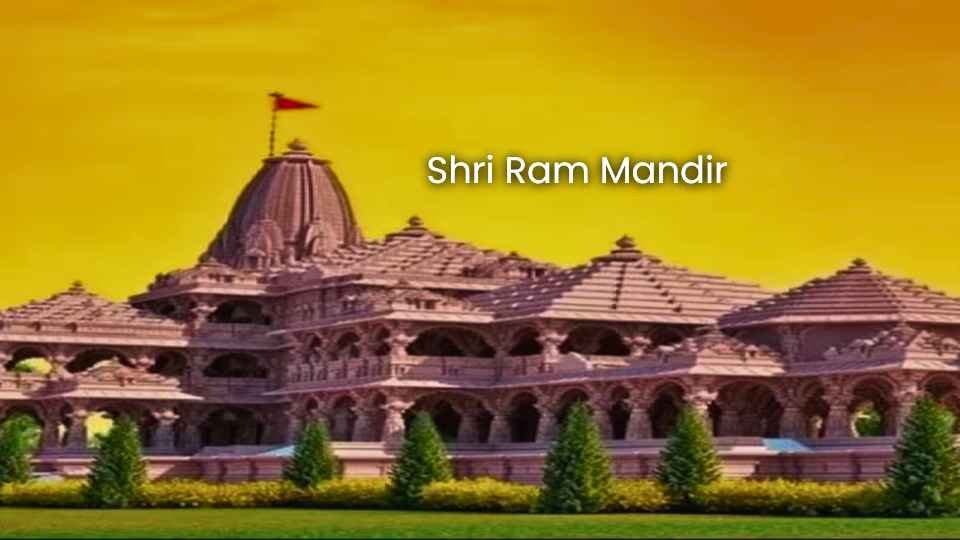The Ram Mandir in Ayodhya stands as a testament to the intertwined threads of faith, history, and politics that have woven through the fabric of India’s rich cultural landscape. Its journey from antiquity to modernity is a captivating narrative that reflects the diverse tapestry of beliefs and struggles that have shaped the nation. In this blog, we will delve into the historical journey of the Ram Mandir in Ayodhya, exploring the religious significance, the legal battles, and the socio-political implications that have defined its existence.
Shri Ram Mandir Ayodhya

Ancient Ayodhya and the Ramayana: Ayodhya, believed to be the birthplace of Lord Rama, has been revered in Hindu mythology for millennia. The Ramayana, an ancient Indian epic, narrates the life and adventures of Lord Rama, reinforcing the cultural and religious significance of Ayodhya. The city became a pilgrimage site for millions, and over centuries, various temples were built to honor Lord Rama.
Babri Masjid and the Dispute: The 16th-century Babri Masjid, constructed by Mughal Emperor Babur, became a focal point of religious tension in the 20th century. The belief that the mosque was built on the site of the birthplace of Lord Rama fueled a contentious debate between Hindus and Muslims. The Babri Masjid-Ram Janmabhoomi dispute turned into a protracted legal battle.
Legal Battles and Ayodhya Verdict: The legal saga of the Ayodhya dispute spanned decades, with various courts providing conflicting judgments. The case reached its zenith in 2019 when the Supreme Court of India delivered a historic verdict. The court ruled in favor of the construction of a Ram Mandir at the disputed site, while also ordering the allocation of an alternative plot for the construction of a mosque.
The Construction of the Ram Mandir: Post the Supreme Court verdict, the construction of the Ram Mandir began in full swing. The temple complex, designed to be an architectural marvel, aims to capture the essence of Indian art and culture. The project garnered widespread support, but also faced criticisms, raising questions about the delicate balance between religion and state in a secular democracy.
Socio-Political Ramifications: The Ram Mandir’s construction has far-reaching socio-political implications. It symbolizes a victory for the Hindu nationalist narrative, sparking debates about the secular ideals of the Indian Constitution. The delicate balance between religious sentiments and the principles of a democratic and inclusive society continues to be a subject of discussion and contention.
Conclusion: The journey of the Ram Mandir in Ayodhya encapsulates the complexities of India’s socio-cultural landscape. It reflects the interplay of history, faith, and politics that have shaped the nation. As the temple stands tall, it serves as a symbol of religious harmony for some, while for others, it poses challenges to the secular ideals enshrined in the Constitution. The Ram Mandir’s story is a chapter in India’s unfolding narrative, where the past, present, and future intersect in a tapestry that continues to evolve













